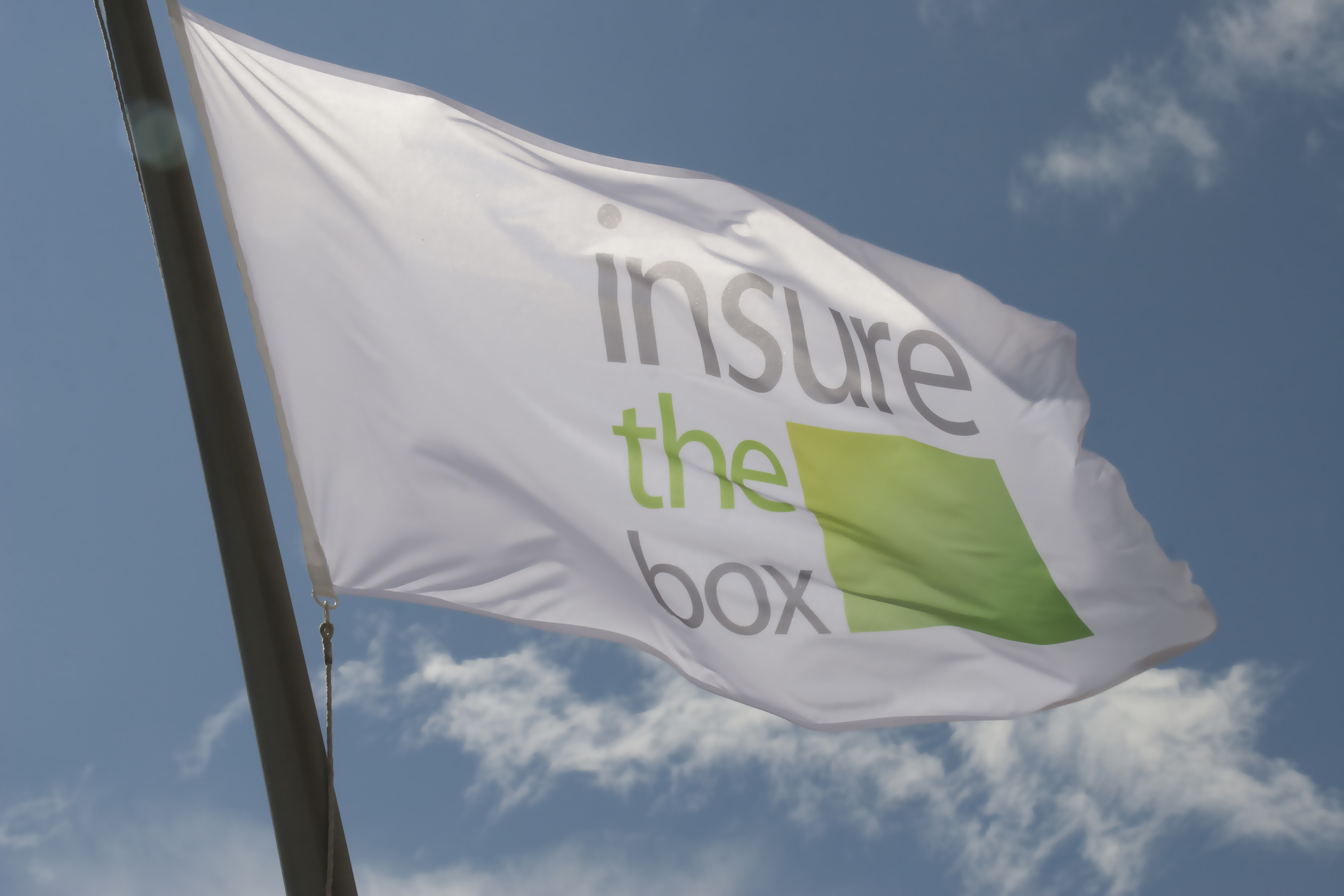insurethebox data shows motorists are 15% more likely to break the speed limit between 25th December and 1st January
New analysis from UK telematics insurance pioneer, insurethebox, reveals that drivers are 15% more likely to speed between Christmas Day and New Year’s Day,[i] than the rest of the year.
Driving during winter presents unique risks; ice often remains on road surfaces, rain and frost can expand potholes, and snow reduces visibility. But there’s another factor that heightens the risk of an accident during the Christmas period. That’s the pressure to be everywhere at once, whether it’s getting to the family lunch and meeting friends later in the day, or getting to the Boxing Day sales as well as being on time for celebrations on the days between Christmas and the New Year.
“Young drivers might be rushing between seeing family and friends during the Christmas break without realising the increased risk of speed” said Gary Stewart, Service Manager at insurethebox. “They also need to think about the increased risk on rural roads, due to higher speed limits, tight corners and narrow lanes, as well as hazards caused by inclement weather conditions.”
The risk of speeding at Christmas is also heightened because of the need for increased stopping distances on wet and icy roads. A two second gap is recommended for dry conditions on roads with faster-moving traffic. This must be doubled in wet weather and increased even further when icy2.
“Driving on unfamiliar roads on a dry day can be tricky enough for a new motorist but the dangers are quickly increased on a slippery road at night,” added Gary Stewart. “If new drivers are hurrying back and forth between Christmas parties, they need to ensure their vehicle is ready for the journey and keep to the speed limits.”
Tackling the risks of speeding, especially amongst young and inexperienced drivers, insurethebox runs an on-going communication programme contacting motorists who demonstrate high-risk behaviour. In the past three years, this speed reduction programme has seen some 80,000 drivers reduce their speed by 21%, resulting in a 6% reduction in accident frequency3. It estimates 700 accidents have been avoided, with 22 serious injuries prevented in this time4.
The message behind this programme is as valuable during Christmas festivities as it is for the rest of the year. Tailored communications informing drivers when they are speeding highlight the risks they pose to themselves and other road users, helping insurethebox customers to become better, safer drivers.
insurethebox policies offer an initial 6,000, 8,000 or 10,000 miles of cover. Through a black box installed in the vehicle, insurethebox uses individual driver data to determine the risk profile of each policyholder and calculate their premiums. insurethebox shares driving data with each customer through a personalised online portal empowering them to better manage their driving habits, in order to reduce their insurance risk profile – and possibly their renewal premiums. In this way, insurethebox helps young motorists make positive changes to their driving behaviour, such as reducing their speed and taking regular breaks on long journeys.
Media enquiries to:
Matthew Enderby//Parm Heer//Wendy Harrison
Tel: 0208 977 9132
Email: itb@harrisonsadler.com
Notes to Editors
insurethebox
Insure The Box Limited launched in June 2010 with its first product, insurethebox, and now holds over 5 billion miles of driving data and associated claims. As well as insurethebox and drive like a girl (another Insure The Box brand) it also administers other telematics offerings. Insurethebox is owned by Aioi Nissay Dowa Europe Limited, part of the major Japanese insurance group MS&AD Holdings, Inc. The group is taking a leading role in the development of technologies that will change the face of motor insurance and the way we view the car.
1 ITBL policyholders’ driving data between 2015-2018. Speeding calculated per miles driven. ‘Speeding’ is defined as speed limit +30%, counted as speeding instances per mile where an instance is captured every 5 seconds.
3 Analysis of 97,000 customers in the communication programme over three years in comparison to customers outside the programme. Unless stated otherwise “speeding” is defined as speed limit +30%, counted as speeding instances per mile where an instance is captured every 5 seconds.
4 Prevented accidents calculated based on the decreased accident frequency of the 97,000 customers in the programme.
